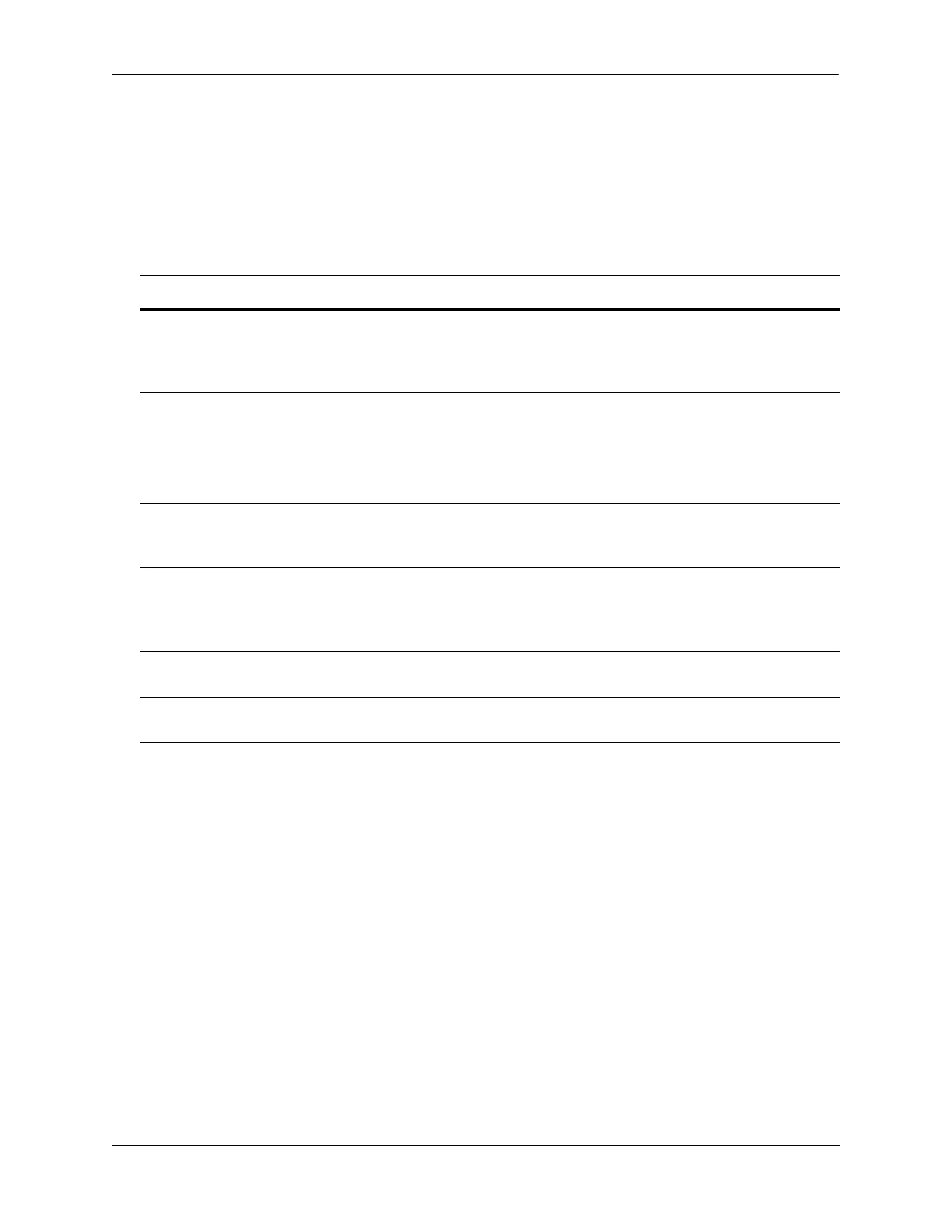Configuring QoS Policy Applications
OmniSwitch AOS Release 8 Network Configuration Guide December 2017 page 26-74
Policy Applications
Policies are used to classify incoming flows and treat the relevant outgoing flows. There are many ways to
classify the traffic and many ways to apply QoS parameters to the traffic.
Classifying traffic can be as simple as identifying a Layer 2 or Layer 3 address of an incoming flow.
Treating the traffic might involve prioritizing the traffic or rewriting an IP address. How the traffic is
treated (the action in the policy rule) typically defines the type of policy:
This section describes how to configure basic QoS policies and 802.1p/ToS/DSCP marking and mapping
policies. Policies used for Layer 2 and Layer 3/4 filters, are commonly referred to as Access Control Lists
(ACLs). Filtering is discussed in Chapter 26, “Configuring QoS.”
Policies can also be used for prioritizing traffic in dynamic link aggregation groups. For more information
about dynamic link aggregates, see Chapter 9, “Configuring Dynamic Link Aggregation.”
Type of Policy Description Action Parameters Used
Basic QoS policies Prioritizes and polices particular
flows.
maximum bandwidth
maximum depth
priority
cir cbs pir pbs
Redirection policies Redirects flows to a specific port
or link aggregate ID.
redirect port
redirect linkagg
Policy Based Mirroring Mirrors ingress and egress
packets to a specific port.
ingress mirror
egress mirror
ingress egress mirror
ICMP policies Filters, prioritizes, and/or rate
limits ICMP traffic
disposition
priority
maximum bandwidth
802.1p, ToS, and DSCP tagging or
mapping policies
Sets or resets the egress 802.1p,
ToS, or DSCP values
802.1p
tos
dscp
map group
Policy Based Routing (PBR) Redirects routed traffic. permanent gateway-ip
permanent gateway-ipv6
Access Control Lists (ACLs) Groups of policies rules used for
filtering traffic (allow/deny)
disposition

